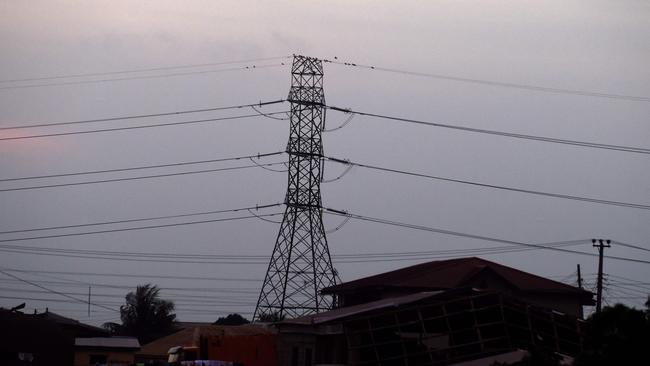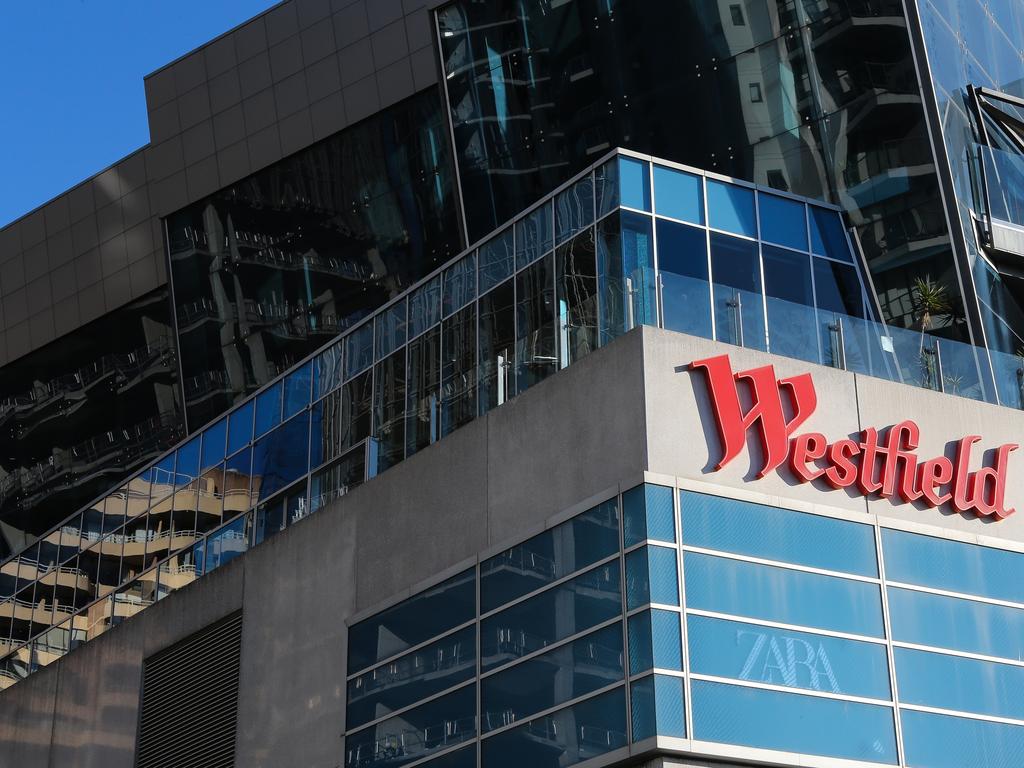Intervention ‘will shut off’ energy investment
Tensions have erupted between the Morrison government and some of the nation’s biggest energy players.

Tensions have erupted between the Morrison government and some of the nation’s biggest energy players, after the threat of Commonwealth intervention in the electricity market sparked fresh investor concern over rising sovereign risk amid accusations from Canberra that big power companies had championed high prices.
The federal government has vowed to intervene in the market and build new generation if private industry fails to sanction new investment by April, sparking the ire of major energy operators. Canberra hopes a 1000 megawatt target for replacing AGL Energy’s Liddell coal plant will help trigger urgent investment, following concerns the retirement of the power station could lead to higher electricity prices.
The Australian Energy Council — which represents power giants AGL Energy, EnergyAustralia and Origin Energy — said the interventionist threat may end up being counter-productive, while power baron Trevor St Baker criticised the measures for being at odds with the government’s own underwriting generation scheme, which had already attracted potentially substantial investment from the private sector.
The AEC noted statements from the Commonwealth’s own Energy Security Board chair Kerry Schott that government interventions or even discussions and “threats” of intervention act as an investment deterrent.
“The sector is struggling to make final investment decisions in an environment of ongoing policy uncertainty,” AEC chief executive Sarah McNamara said.
The so-called “big stick” legislation was introduced last year to tackle energy market manipulation and followed Canberra’s introduction of a safety net for electricity prices through the default market offer. The government’s stalled underwriting generation scheme has also been blamed for distorting investment signals and making it more difficult to sanction pending projects that would add new baseload supplies to the grid.
“The government’s earlier plan to underwrite new generation projects in the market also remains under consideration, and this too contributes to the ongoing uncertainty, together with various and competing state-based renewable energy targets. There are no material reliability concerns that would warrant this kind of interventionist approach, and there are already mechanisms in place to address any shortfall identified,” Ms McNamara said.
That triggered a sharp rebuke from the office of Energy Minister Angus Taylor, who attacked the Australian Energy Council’s response.
“The AEC are the champions of higher energy prices,” a spokesman for Mr Taylor told The Australian. “They opposed the Commonwealth’s default market offer that has saved consumers money. They opposed the Victorian default offer that has saved consumers money.
They opposed the Commonwealth’s ‘big stick’ laws that have led to 12 consecutive months of wholesale price reductions since its introduction. Every time the AEC is against something it means consumers are saving money. The government makes no apologies for being on the side of the consumer over the big energy companies.”
Veteran energy investor Trevor St Baker, a co-owner of the Vales Point coal plant in NSW, said the private sector had every right to be confused by the government’s approach after it offered investment in dispatchable supply as part of the underwriting generation scheme.
“The government put a lot of companies to a lot of trouble prior to the last election, responding to a request for open and competitive expressions of interest in supplying ‘technology-neutral’ low-cost, high capital-intensive dispatchable power contracted to business energy customers for a number of years, on the basis of the government guaranteeing the long-term borrowings beyond the commercial contract offtake periods necessary to spread the capital costs of dispatchable generation plants over its useful life, as recommended by the ACCC chair. The power sector stepped up, to no avail, to this date,” Mr St Baker told The Australian.
“The government now says it will only back its own hydro-generating corporation, if the private sector doesn’t step up within eight months with financial close, without the previous government support for the longer-term capital repayment offered to private sector or public sector, for any technology based dispatchable power. I am not sure whose turn it is to ‘step up’.”
The government-owned Snowy Hydro is already moving ahead with a plan to build a gas generator in the Hunter Valley at Kurri Kurri.
EnergyAustralia, which expects to make a final investment decision on its Tallawarra gas project in NSW by year-end, said governments should not be involved in building new power generation.
“Governments should enable the future energy system – they don’t have to build it. Smart use of taxpayers’ money is crucial as we get Australia’s economy back on track,” EnergyAustralia managing director Catherine Tanna said. “The energy system is one area where, with the right settings, the private sector will invest.”
AGL Energy also defended its investment record after the Morrison government accused the private sector of only committing to a single 100 megawatt expansion of dispatchable generation since April 2015, when the power giant gave notice of plans to close its Liddell coal plant in NSW.
“AGL has led investment in Australia’s energy market, including the building of the only new gas generation on the east coast in the last seven years at Barker Inlet, the investment in a 100MW efficiency upgrade at our Bayswater power station and the development of other firming and storage technology to support the use of renewables as part of the energy mix,” AGL chief executive Brett Redman said.
“Only last month we announced our plans to develop 850MW of battery storage capacity across the eastern states by 2024.”
One near-term investment which remains in the mix for AGL is its proposed 250MW Newcastle gas-fired power plant at Tomago.
“We’ve made good progress on this proposed development at Newcastle, with the environment approval process underway and a final investment decision expected by early 2021,” Mr Redman said.
The government has been considering extending the life of Liddell or replacing the baseload station which supplies more than 10 per cent of the state’s power needs. Its Liddell Taskforce found closing the AGL plant without the required dispatchable replacement capacity risks prices rising by around 30 per cent over two years, or $20 per megawatt hour to $80 in 2024 and up to $105 per MWH by 2030.s





To join the conversation, please log in. Don't have an account? Register
Join the conversation, you are commenting as Logout